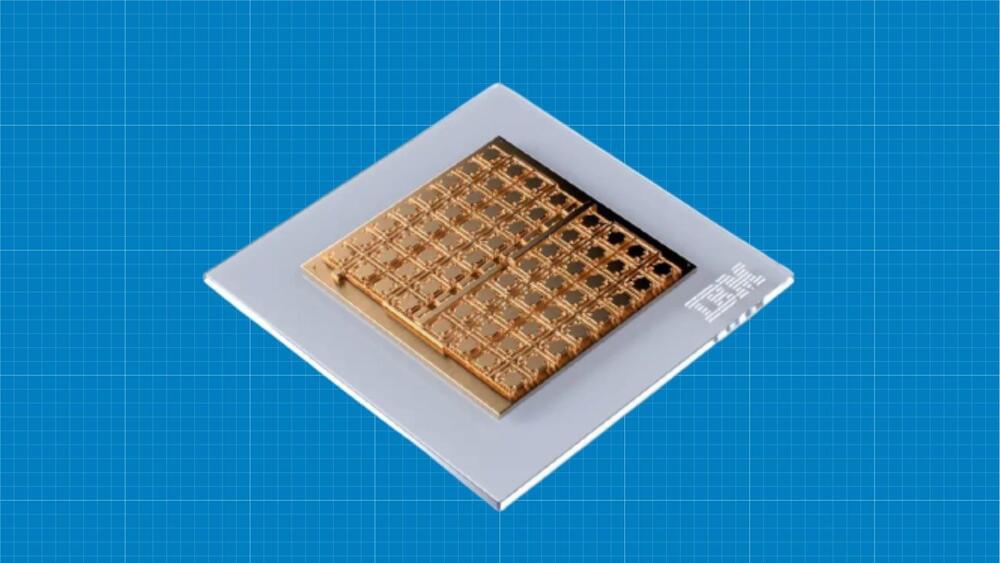The chip’s components work in a way similar to synapses in human brains.
Tech corporation IBM has unveiled a new “prototype” of an analog AI chip that works like a human brain and performs complex computations in various deep neural networks (DNN) tasks.
The chip promises more. IBM says the state-of-the-art chip can make artificial intelligence remarkably efficient and less battery-draining for computers and smartphones.








